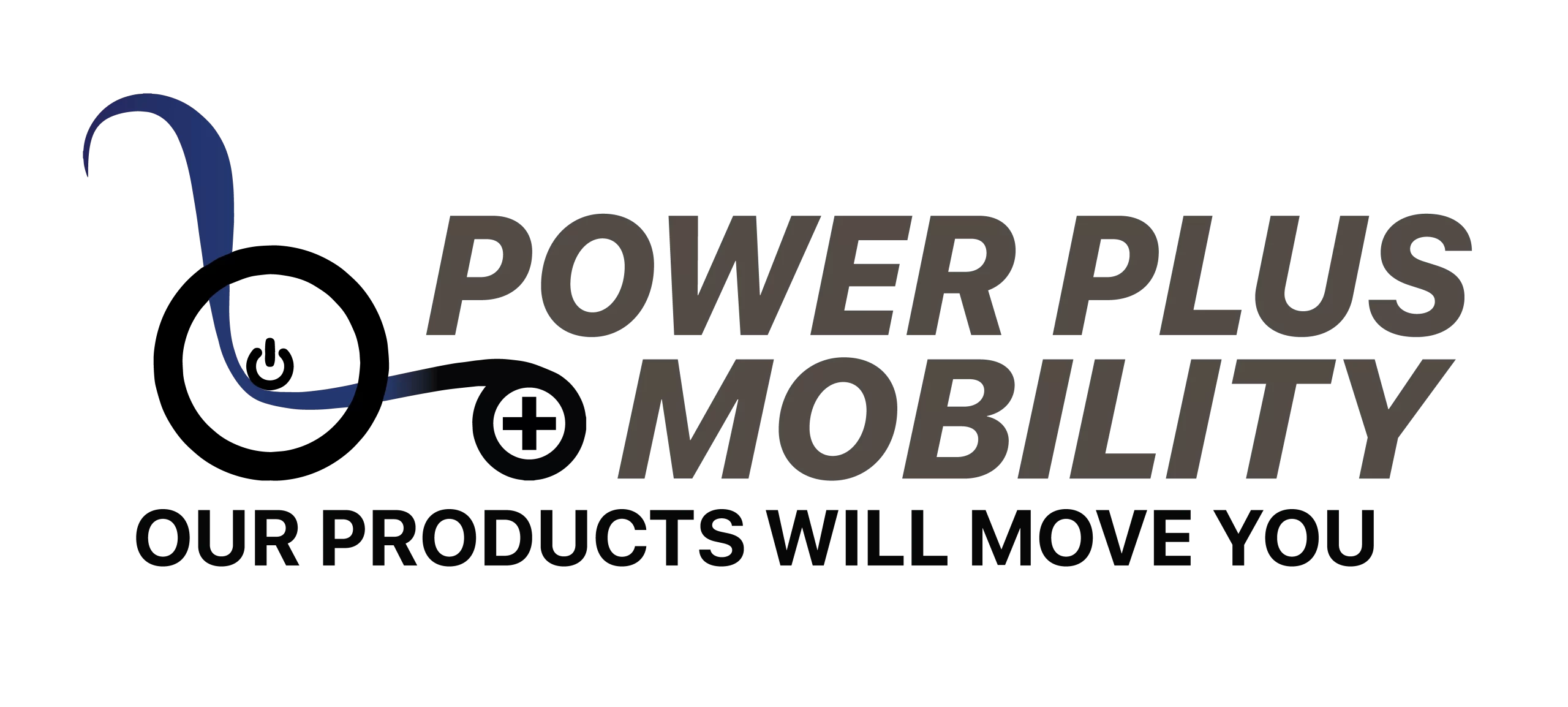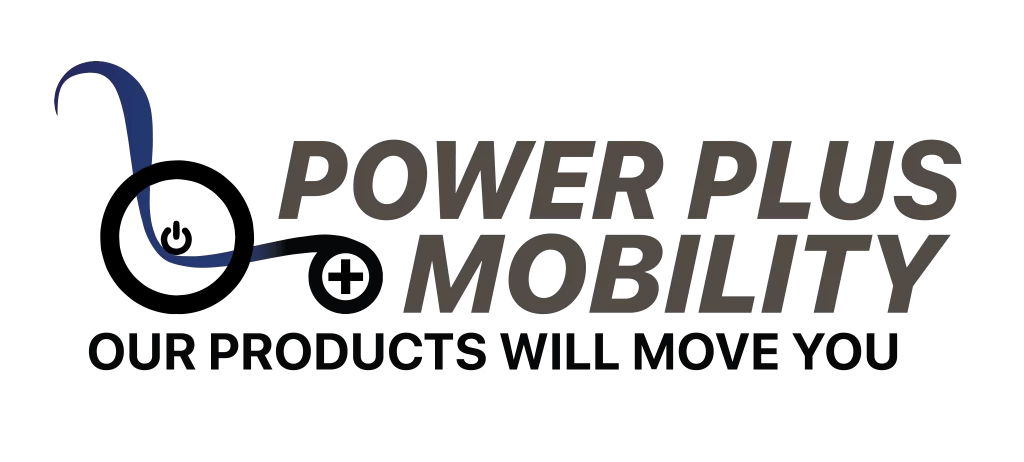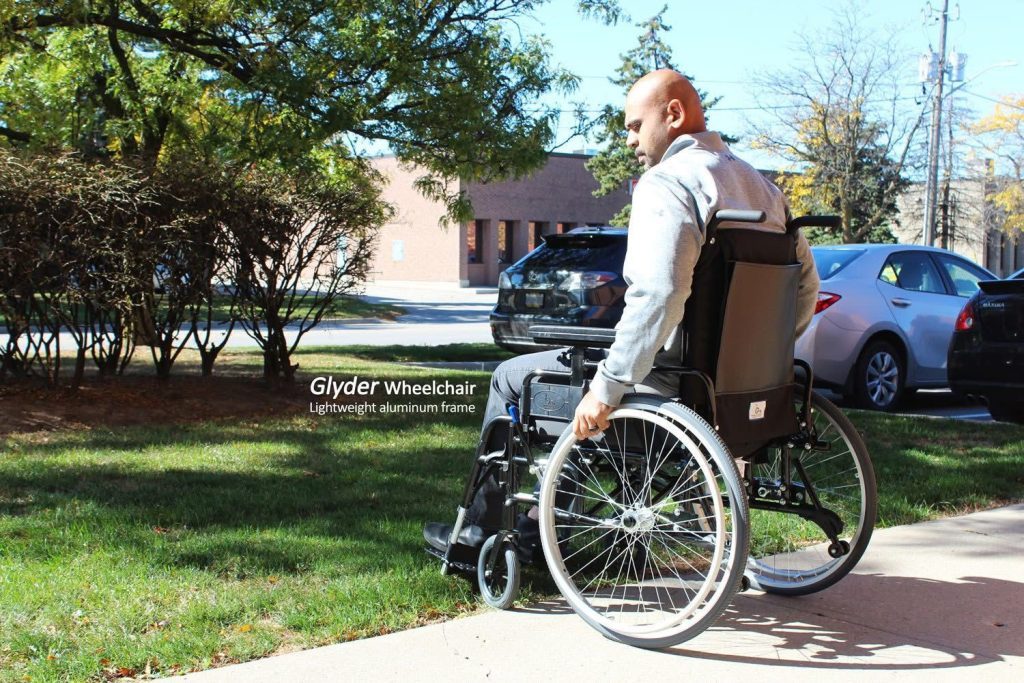
When your wheelchair breaks at home, it can feel overwhelming and stressful. Whether you rely on a manual wheelchair or a power wheelchair, sudden breakdowns can disrupt your daily routine and independence. As Canada’s leading wheelchair manufacturer, Power Plus Mobility understands the importance of maintaining your mobility equipment and knowing what steps to take when issues arise.
Immediate Steps When Your Wheelchair Breaks
Stay Calm and Assess the Situation
The first step when your wheelchair malfunctions is to remain calm and carefully assess what’s wrong. Take a moment to identify the specific issue:
- For Power Wheelchairs: Check if it’s a battery issue, joystick malfunction, or motor problem
- For Manual Wheelchairs: Look for broken wheels, damaged frames, or brake issues
- For Tilt Wheelchairs: Examine the tilt mechanism, cylinders, or adjustment features
Ensure Your Safety First
Before attempting any troubleshooting, prioritize your safety:
- Move to a stable, flat surface if possible
- If you’re stuck in your wheelchair, call for immediate assistance from family members or caregivers
- Avoid forcing broken mechanisms, as this can cause further damage or injury
- Keep your phone within reach to contact help if needed
Common Wheelchair Problems and Quick Fixes
Power Wheelchair Issues
Battery Problems: The most common issue with electric wheelchairs is battery failure. Check if the battery indicator shows low power or if connections are loose. Try charging the battery for several hours, and ensure all connections are secure.
Joystick Malfunction: If your joystick becomes unresponsive, check for visible damage or debris. Sometimes, simply cleaning around the joystick base can resolve minor issues.
Wheel Problems: Inspect wheels for damage, debris, or flat spots. Remove any objects caught in the wheels or casters.
Manual Wheelchair Troubles
Brake Issues: If your wheelchair brakes aren’t working properly, check for loose connections or worn brake pads. Never use a wheelchair with faulty brakes on inclines.
Wheel and Tire Problems: Flat tires are common issues. Check if you have a puncture or if the tire simply needs air. Worn wheel bearings can also cause movement difficulties.
Frame Damage: Look for cracks, loose bolts, or bent components. Frame issues require professional attention and should never be ignored.
Tilt Wheelchair Specific Problems
For users of STP (Super Tilt Plus) wheelchairs, common issues include problems with the tilt mechanism, cylinder malfunctions, or trigger mechanism failures. These complex systems require specialized knowledge for proper repair.
When to Attempt DIY Repairs vs. Professional Help
Safe DIY Solutions
Some minor issues can be safely addressed at home:
- Cleaning and Maintenance: Regular cleaning of wheels, joints, and mechanisms
- Battery Maintenance: Checking connections and ensuring proper charging
- Minor Adjustments: Tightening loose bolts or adjusting footrests (with proper tools)
- Tire Inflation: Adding air to pneumatic tires
When to Call Professionals
Certain problems require professional expertise:
- Electrical Issues: Any problem with wiring, motors, or complex electrical components
- Structural Damage: Cracks in the frame or major component failures
- Tilt Mechanism Problems: Issues with hydraulic or mechanical tilt systems
- Safety-Critical Components: Problems with brakes, steering, or stability systems
Creating an Emergency Action Plan
Build a Support Network
Establish relationships with:
- Local wheelchair repair services: Research and save contact information for certified repair technicians in your area
- Equipment suppliers: Maintain contact with your wheelchair provider for warranty and service issues
- Family and friends: Ensure someone can assist you during breakdowns
- Healthcare providers: Keep your occupational therapist or healthcare team informed about equipment issues
Maintain Emergency Supplies
Keep essential items readily available:
- Basic tools: Allen keys, screwdrivers, and tire pressure gauge
- Spare parts: Extra batteries, inner tubes, or commonly replaced components
- Backup mobility aids: Consider having a manual wheelchair as backup for power chair users
- Emergency contact list: Phone numbers for repair services, family, and medical professionals
Preventive Maintenance: Your Best Defense
Regular Inspection Schedule
Implement a weekly inspection routine:
- Check tire pressure and wear patterns
- Inspect brakes and safety mechanisms
- Clean and lubricate moving parts
- Test electrical components and battery levels
- Examine frame for cracks or loose connections
Professional Maintenance
Schedule regular professional maintenance:
- Annual comprehensive inspections by certified technicians
- Battery replacement according to manufacturer recommendations
- Wear part replacement before complete failure occurs
- Software updates for advanced power wheelchairs
Working with Your Wheelchair Manufacturer
Understanding Your Warranty
Power Plus Mobility stands behind all their custom wheelchairs with comprehensive warranty coverage. Understanding what’s covered can save time and money during repairs:
- Manufacturing defects: Typically covered for extended periods
- Normal wear and tear: May have limited coverage
- Damage from misuse: Usually not covered under warranty
Utilizing Customer Support
When contacting your wheelchair manufacturer:
- Document the problem: Take photos and note specific symptoms
- Gather information: Have your wheelchair model, serial number, and purchase date ready
- Describe usage: Explain how the wheelchair is used and maintained
- Follow instructions: Carefully follow any troubleshooting steps provided
Alternative Mobility Solutions During Repairs
Temporary Options
While your wheelchair is being repaired:
- Rental wheelchairs: Many medical supply companies offer rental options
- Loaner equipment: Some manufacturers provide temporary replacements
- Community resources: Local disability organizations may have equipment lending programs
- Family assistance: Coordinate with family members for transportation and mobility support
Planning for Extended Repairs
For major repairs that may take weeks:
- Contact your insurance provider about coverage for rental equipment
- Adjust your daily routine to accommodate temporary mobility limitations
- Arrange for additional home care if needed
- Communicate with employers or schools about temporary accommodations

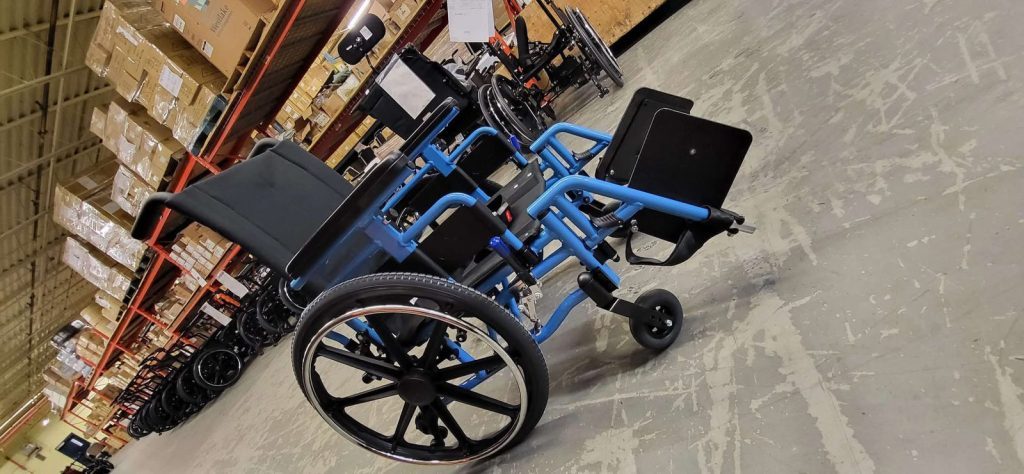
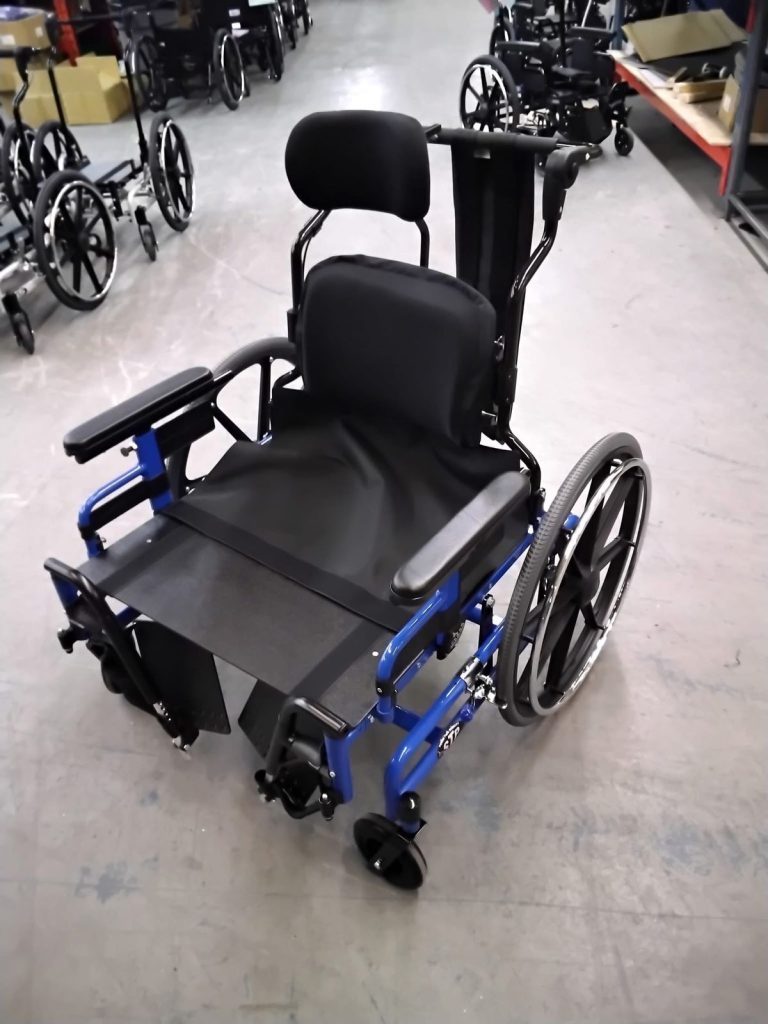
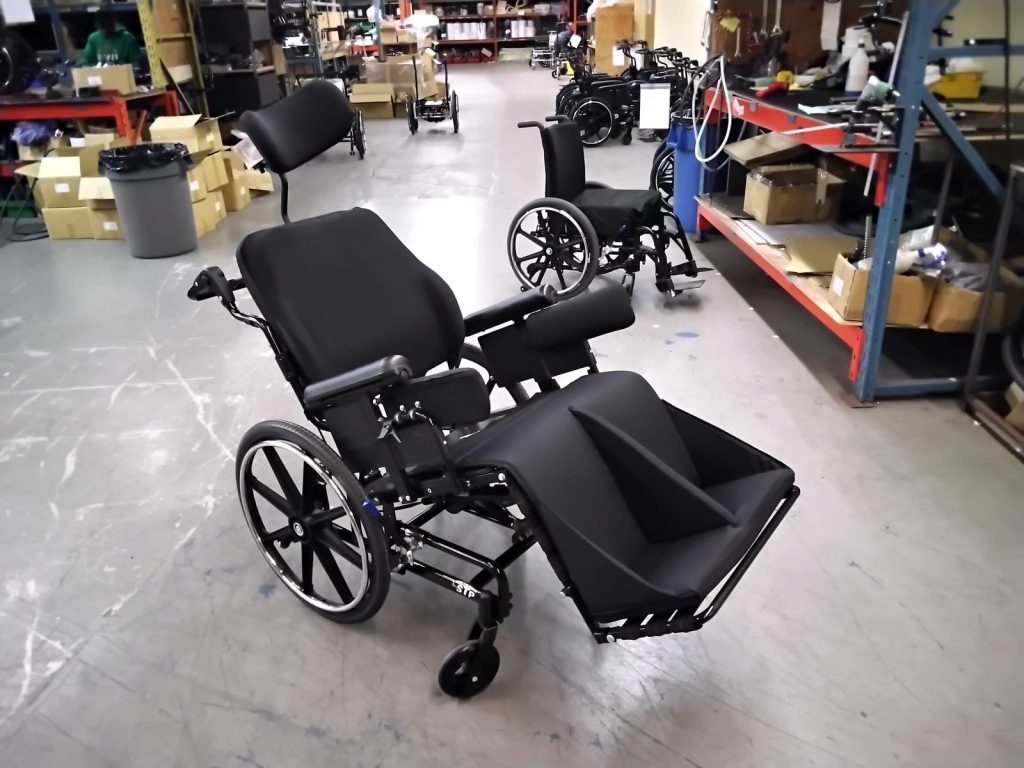
The Power Plus Mobility Advantage
As a proud Canadian manufacturer, Power Plus Mobility offers unique advantages when wheelchair issues arise:
Local Support
Being manufactured in Canada means:
- Faster parts availability with no international shipping delays
- Local expertise from technicians familiar with Canadian-made products
- Direct manufacturer support without international communication barriers
- Supporting Canadian jobs and local economy
Quality Construction
Power Plus Mobility’s rigorous quality control processes mean:
- Reduced breakdown frequency through superior manufacturing standards
- Durable components designed for long-term reliability
- Comprehensive testing before products leave the facility
- Continuous improvement based on customer feedback
Be Prepared, Stay Mobile
Wheelchair breakdowns at home don’t have to derail your independence. By understanding common problems, maintaining emergency supplies, following preventive maintenance schedules, and knowing when to seek professional help, you can minimize downtime and maintain your mobility.
Remember that Power Plus Mobility’s customer service team is always available to provide guidance and support when issues arise. Their commitment to customer satisfaction extends far beyond the initial purchase, ensuring you have the resources and support needed to keep moving forward.
Whether you use a standard manual wheelchair, a power wheelchair, or one of Power Plus Mobility’s innovative tilt wheelchairs, being prepared for potential breakdowns is an essential part of maintaining your independence and quality of life. Take time today to create your emergency action plan and establish the support network you’ll need to handle any wheelchair-related challenges that may arise.
By following these guidelines and maintaining a proactive approach to wheelchair care, you can ensure that breakdowns become minor inconveniences rather than major disruptions to your daily life. Remember, your mobility is important, and with proper preparation and the right support, you can overcome any technical challenges that come your way.
To visit our social media please click on Facebook and Instagram
